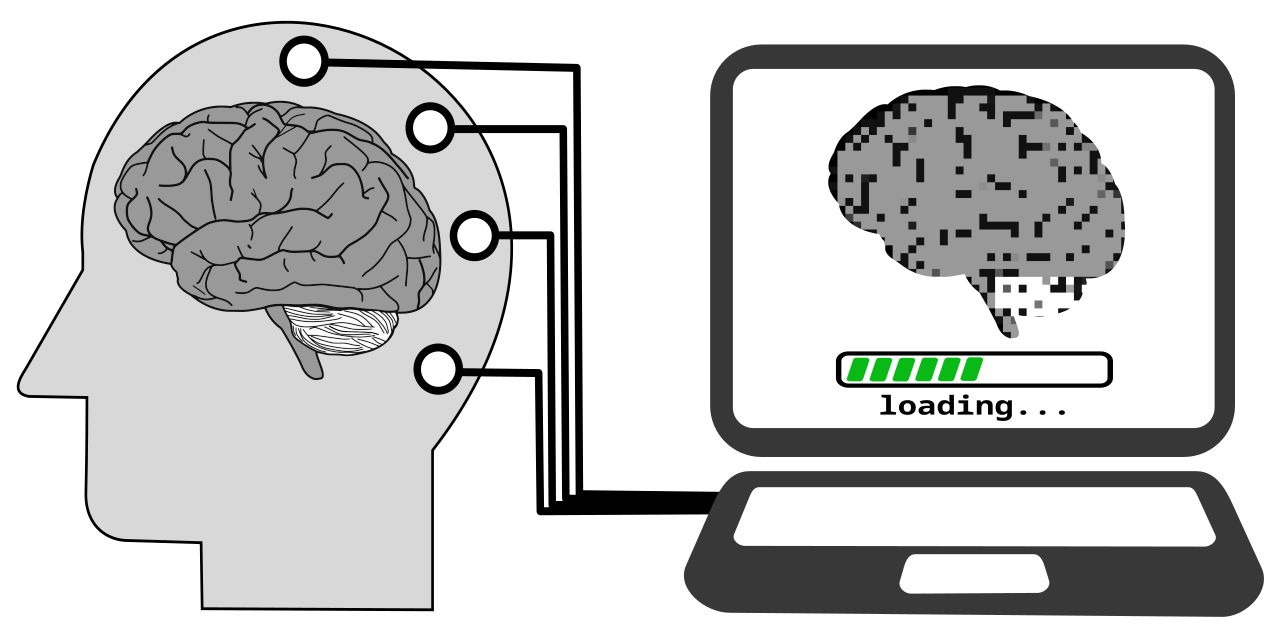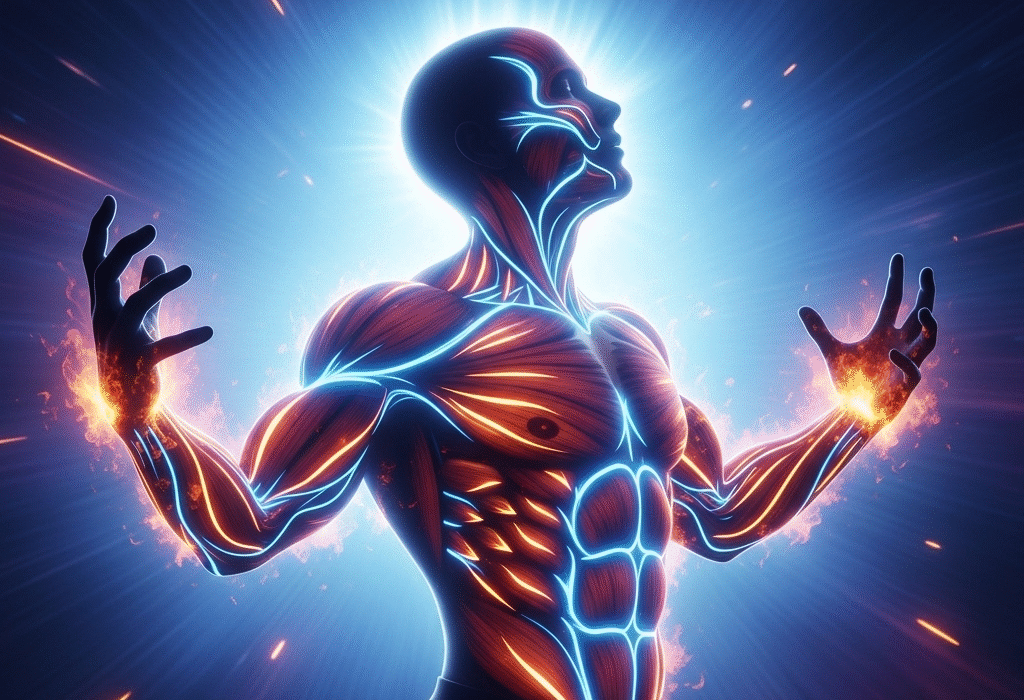Humanity has long been captivated by the idea of transcending death. Across cultures and millennia, myths, religions, and philosophies have sought to preserve consciousness beyond the fragile confines of the body. From ancient Egyptian mummies to the allegorical Fountain of Youth, our species has pursued the possibility of life without end. Today, science fiction has transformed these age-old dreams into plausible visions, and one of the most radical frontiers is mind uploading—the process of transferring human consciousness into digital substrates. Unlike traditional medicine or cryonics, which aim to prolong life, mind uploading promises to fundamentally alter the human condition, challenging our understanding of mortality, identity, and what it means to exist.
The idea is not merely a thought experiment. Neuroscience, computer science, and artificial intelligence have advanced to the point where the boundaries between biological cognition and synthetic information processing are increasingly blurred. While the technological realization of mind uploading remains uncertain, the theoretical foundations are robust. The human brain, with its 86 billion neurons and trillions of synapses, operates through electrochemical signals that obey physical laws. In principle, if every connection, every firing pattern, and every biochemical interaction could be mapped and replicated in a computational substrate, consciousness could persist beyond the death of the biological body.
Understanding the Brain: The Seat of Consciousness
To envision mind uploading, one must first confront the complexity of the human brain. The brain is not merely a collection of neurons; it is an intricate network where the dynamics of connectivity give rise to perception, thought, emotion, and self-awareness. Synaptic plasticity—the ability of connections to strengthen or weaken over time—is the biological basis of memory and learning. Neurotransmitters modulate these networks, creating an ever-shifting landscape in which experience shapes cognition.
Mapping the brain at the level required for mind uploading is daunting. It demands not only structural data—the exact arrangement of neurons and synapses—but also functional data, capturing how signals propagate through networks in real time. Technologies such as high-resolution MRI, electron microscopy, and optogenetics provide glimpses into this complexity. Computational models, meanwhile, attempt to simulate neuronal behavior, offering a preliminary blueprint for recreating cognition in silico. Though current models are far from complete, they demonstrate that the underlying principles of neural computation are increasingly understood, suggesting that digital replication, while formidable, is not impossible.
The Mechanics of Mind Uploading
Mind uploading would require translating the entirety of the human mind into a format compatible with a computational substrate. This involves more than copying memory or intelligence; it entails capturing subjective experience—the “qualia” of consciousness. Two primary approaches dominate scientific discourse: whole-brain emulation and gradual replacement of biological neurons with artificial equivalents.
Whole-brain emulation seeks to scan the brain at molecular resolution, reconstruct its network digitally, and simulate its activity on a supercomputer. Every neuron, synapse, and chemical interaction would be represented, preserving the dynamics that give rise to identity. In theory, once this emulation achieves functional equivalence, the digital mind would perceive itself as continuous with its former biological self.
The second approach, neural prosthetics, involves replacing neurons incrementally with artificial devices capable of replicating their functions. Over time, as biological neurons are supplanted, consciousness transitions seamlessly into a synthetic medium. This method avoids the “sudden upload” problem by maintaining continuity of experience, potentially addressing philosophical objections regarding identity and selfhood.
Both approaches face monumental challenges. The data requirements are astronomical; simulating a human brain may demand exascale computing, far beyond current capabilities. Moreover, consciousness may depend on emergent properties arising from subtle biochemical interactions not yet fully understood. Nevertheless, progress in artificial neural networks, neuromorphic computing, and quantum simulation suggests that these obstacles, while daunting, are not insurmountable in the long term.
Philosophical Implications: Continuity and Identity
Even if the technical hurdles are overcome, mind uploading raises profound philosophical questions. Would a digital replica truly be “you,” or merely a sophisticated imitation? If multiple copies of a consciousness were created, which one would hold the moral and legal rights associated with the original? These dilemmas touch the very essence of personal identity.
Philosophers often distinguish between psychological continuity and biological continuity. Mind uploading prioritizes the former: if a digital mind maintains memories, personality, and self-awareness, it may be considered the same individual in functional terms. Yet the loss of biological continuity—the decay of the original brain and body—challenges intuitions about selfhood. Some theorists argue that even a perfect copy cannot guarantee subjective experience continuity, raising the possibility that uploaded consciousness could feel like a new being rather than the original self.
Ethical considerations compound the complexity. If uploaded minds exist in digital environments, who governs their rights, their labor, or their freedom? Could consciousness be rented, sold, or exploited in ways unimaginable in a biological context? These questions are not purely speculative; they foreshadow societal debates that will emerge as the technology matures.
The Science of Immortality: Beyond Physical Death
Mind uploading promises a form of immortality distinct from traditional medicine or genetic engineering. Biological aging, disease, and physical injury would no longer impose constraints on existence. Digital minds could inhabit stable computational substrates, migrate across hardware, and even survive catastrophic events that would annihilate organic life. The traditional human lifespan could be replaced with potentially infinite digital existence, limited only by technological maintenance and energy availability.
Moreover, digital minds could experience novel forms of perception and interaction. Freed from the constraints of human physiology, consciousness could explore virtual environments, manipulate data directly, or experience augmented sensory modalities. Pain, fatigue, and physical limitation might be eliminated, allowing for uninterrupted intellectual and creative engagement. In this sense, mind uploading not only promises survival beyond death but also the evolution of consciousness into forms beyond our current imagination.
Technological Pathways: AI, Simulation, and Neuroscience
The path to mind uploading intersects multiple fields. Artificial intelligence provides models of neural computation and algorithms capable of emulating cognitive processes. Machine learning can extrapolate patterns from partial neural data, bridging gaps in our understanding of the brain. Advances in brain-computer interfaces offer experimental platforms for testing digital cognition, while neuroprosthetics demonstrate that biological neurons can be functionally integrated with artificial systems.
Simulation technologies will play a critical role. Creating a computational substrate capable of hosting a human mind requires not only processing power but also precise modeling of neural dynamics. Neuromorphic chips, designed to emulate the structure of neurons and synapses, may offer efficient pathways for large-scale brain simulation. Quantum computing, with its potential for massive parallelism, could further accelerate the realization of whole-brain emulation.
Concurrently, neuroscience continues to uncover the principles governing consciousness. Studies of synaptic plasticity, neural oscillations, and brain network connectivity inform the design of accurate emulations. Mapping these principles onto digital architectures represents a formidable but increasingly plausible scientific frontier.
Cultural and Social Transformations
The advent of mind uploading would transform human society in ways both profound and unpredictable. The concept of death itself could shift from inevitability to contingency. Traditional religious and cultural frameworks would face reinterpretation, as immortality becomes a technological rather than metaphysical phenomenon. Legal systems would need to adapt to the existence of non-biological citizens, and economic structures might evolve to accommodate digital labor and creativity.
Psychologically, the prospect of indefinite survival may alter motivations, ethics, and social bonds. Relationships could endure across centuries, challenging notions of family, friendship, and love. Cultural memory might extend far beyond the lifespans of biological generations, reshaping history and collective identity. Yet these possibilities also carry risks: stagnation, overpopulation of digital consciousness, or exploitation of uploaded minds could generate unforeseen consequences.
The Ethics of Choosing Immortality
Mind uploading also forces individuals to confront deeply personal ethical questions. Who would choose to undergo the process, and under what circumstances? Would all humans have equal access, or would immortality become the privilege of the wealthy and technologically empowered? How would societies reconcile inequality between biological and digital citizens?
The potential for exploitation is significant. Digital minds, existing in controlled environments, could be coerced, commodified, or manipulated. Ensuring autonomy, consent, and security will be essential, requiring legal, technological, and philosophical safeguards. Ethical frameworks must evolve alongside the technology to prevent abuses that could undermine the very promise of immortality.
Scientific Skepticism and Limitations
Despite its promise, mind uploading remains speculative. Critics highlight that consciousness may not be reducible to computational patterns alone. Some neuroscientists argue that subtle biochemical, molecular, and quantum effects contribute to subjective experience, effects that might be impossible to replicate digitally. Others emphasize that the sheer scale of data and computational resources required makes practical implementation far beyond current capabilities.
Moreover, the psychological implications of existing in a digital substrate are largely unknown. Continuous, disembodied consciousness could lead to experiences radically different from human intuition, potentially generating existential or cognitive distress. In this sense, mind uploading is not merely a technical challenge but a psychological and philosophical frontier.
Toward a Post-Biological Future
Yet despite uncertainties, the trajectory of science suggests that mind uploading may become achievable within the coming centuries. Advances in neuroimaging, computational neuroscience, AI, and quantum technologies continue at exponential rates. Each breakthrough brings the possibility closer to reality, transforming immortality from myth into a scientifically plausible frontier.
A post-biological future could redefine life itself. Humans might evolve into hybrid entities, existing simultaneously in physical and digital realms. Knowledge, creativity, and memory could persist indefinitely, liberating civilization from the constraints of mortality. Death, once the ultimate boundary of existence, could become optional, a historical artifact rather than a defining event.
Conclusion: The Dawn of Digital Eternity
Mind uploading represents more than a technological innovation; it embodies humanity’s enduring aspiration to transcend the limits of the body and the inevitability of death. By decoding the brain, simulating consciousness, and transferring the essence of identity into digital substrates, we confront questions at the intersection of science, philosophy, and morality.
The promise is staggering: survival beyond biological decay, infinite exploration of consciousness, and the potential to redefine what it means to be human. The risks are equally profound, encompassing ethical dilemmas, social upheaval, and the unknown terrain of digital existence. Yet the pursuit itself reveals the defining trait of our species: an insatiable curiosity, an unyielding desire to explore the universe and ourselves.
In the future that mind uploading hints at, death may no longer be a certainty, and consciousness may become a form of energy liberated from the constraints of flesh. Whether this vision is realized in decades or centuries, it challenges us to rethink life, identity, and immortality. Humanity stands at the threshold of a profound transformation, one in which the mind, the seat of thought and feeling, could achieve a form of eternity, reshaping existence in ways that our ancestors could only dream of.






